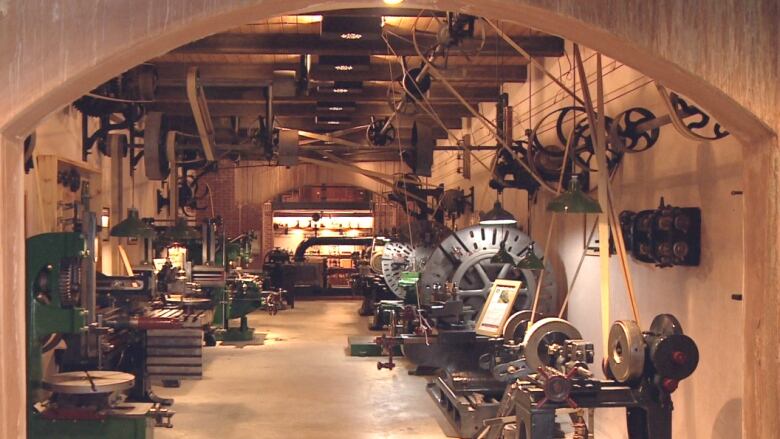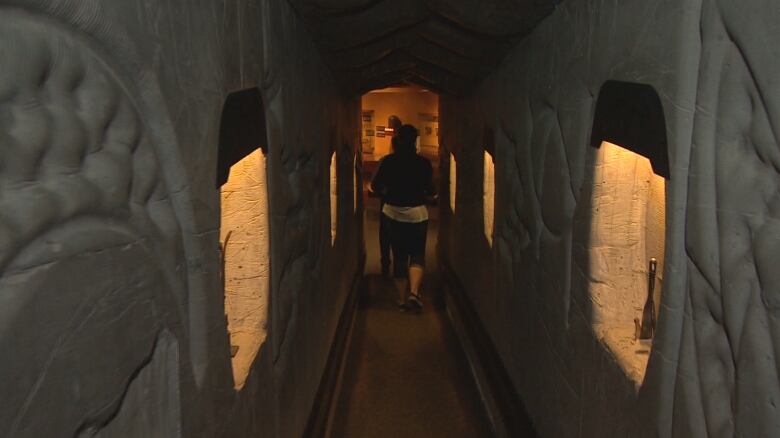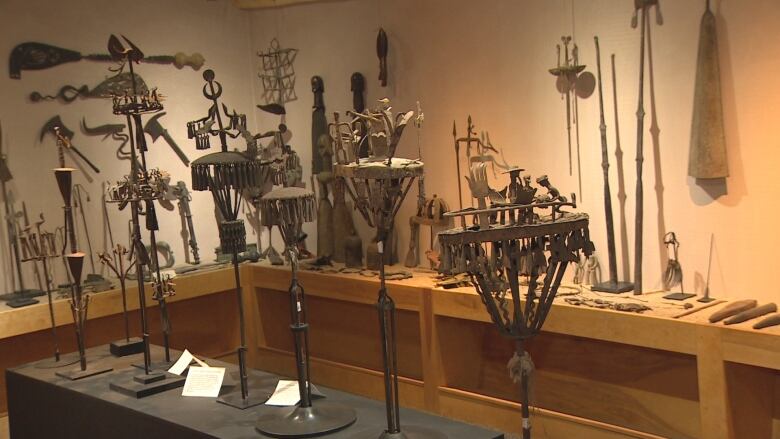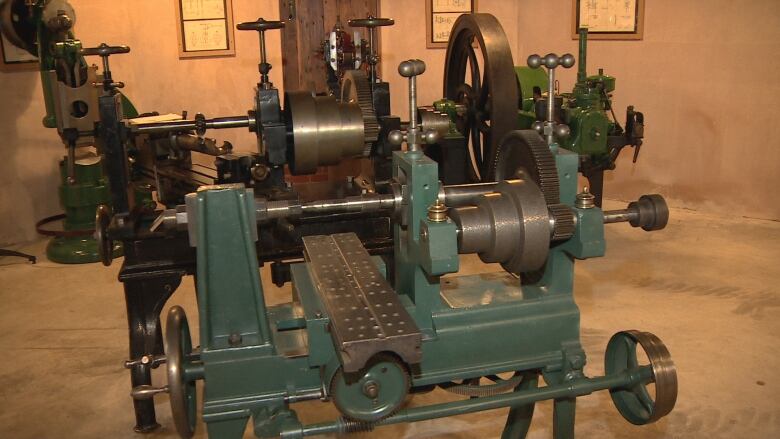Peek inside a mysterious private collection of impeccably maintained treasures hidden in Alberta
A steam engine, linotype machine and rare Cleveland Twist Drill prototype lie in wait

You may have heard whispers of a gem of a museum tucked underground in the foothills outside Cochrane, Alta.
But getting there is a bit of a mystery, and so is getting in.
One does not simply pull up to the family ranchof Ian MacGregor and ask to view thecomprehensive collection of more than 500 impeccably maintained and restored treasures proudly displayed in his basement.
Though to call it a basement is a bit of an injustice.
MacGregorestablished the Canadian Museum of Making underneath his home in 2001. He provides exact directions to the galleryafter private tours, like the sold-out Beakerhead event, are arranged.
- Excite your inner nerd at Beakerhead! Sept. 13-17
- Beakerhead 2017: The exhibits you don't want to miss
Once there, visitors meander through the underground bunker's networkof concrete tunnels, inlaid with lighted displaysof carefully selected artifacts that span African metal work, steam engine machinery and machine tools.

Some of the oldest objects in the galleriesdate back to the 1750s.
At the heart of the private collection is "Mary," a tandem-cylinder, horizontal steam engine built in the 1890s. The compound mill engine powered a weaving mill in Yorkshire, England, for more than 70 years.

The first gallery of the private collection highlightsAfrican metal work in bronze, brass, copper and iron.

Head down a level or two and you'll find the history of machinery from the 1840s through to the end of the First World War.
There's also a linotype machine, aCleveland Twist Drill prototype which MacGregor deems the rarest item in his collection and a few select automobiles, trucks, motorcycles, steam tractors and horse-drawn vehicles, as well as one of the first electric cars.

MacGregor said obtaining the prototype twist drill involved a bit of a race against the Americans, who moved to block him from extricating the machinefrom the U.S. after theycaught wind that MacGregor, aforeigner, had designs on the rare object.

"It's really an important object and it really should be in the Smithsonian. I'll give it to them some day, but not yet," he said.

With files from The Homestretch and Julie Debeljak













_(720p).jpg)


 OFFICIAL HD MUSIC VIDEO.jpg)
.jpg)



























































































